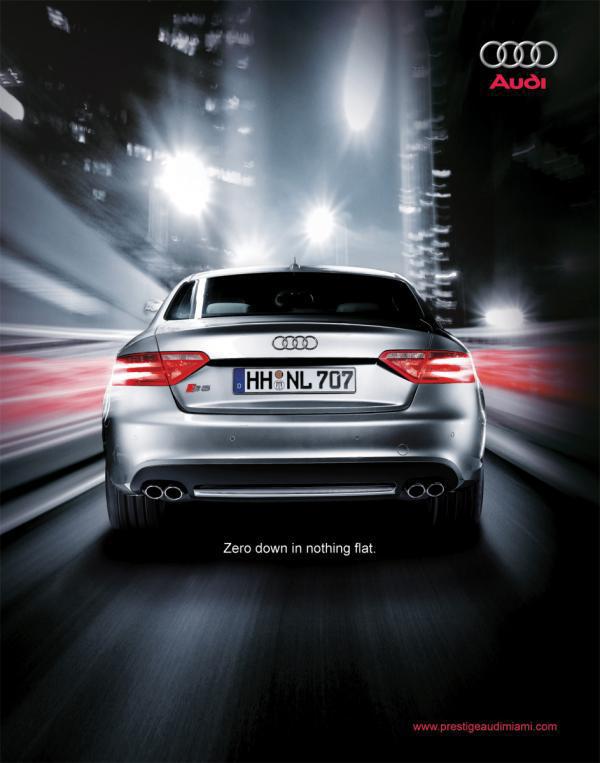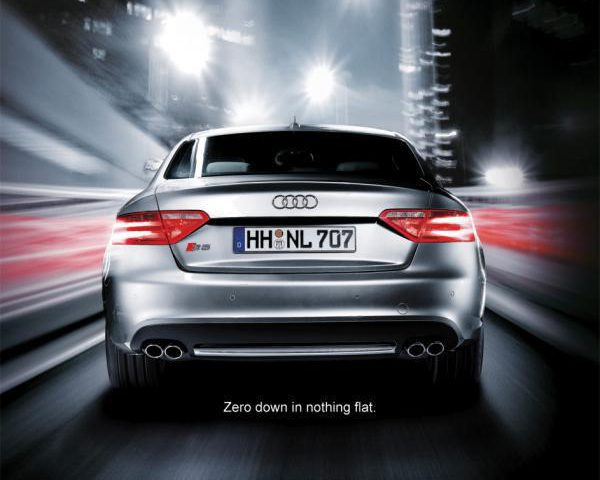
More consumers with bad credit scoring car loans
By Allie Johnson | Published: July 17, 2012
In the market for a fresh car but worry that your iffy credit score will put the brakes on getting a good deal? Take heart: A fresh report shows that you might be able to snag those keys after all.
During the worst of the recession, stringent loan requirements shut out many buyers with poor credit, skewing the average credit score of car buyers very high, to a peak of seven hundred seventy six for fresh car buyers in early 2010. A credit analysis recently released by Experian Automotive, however, found that more buyers with poor scores are getting approved, and adding their lower scores to the mix has brought average scores down almost to pre-recession levels. For fresh car buyers, the average score was seven hundred sixty in the very first quarter of 2012, just a few points higher than for that time period in 2008.
“A few years ago, it could have been much more difficult to get an auto loan,” says Melinda Zabritski, director of automotive credit at Experian Automotive. “A lot of lenders who specialize in subprime financing might not even have had the funds to lend.” But times have switched, she says: “It’s a good time to buy a car.”
Car dealership slogans aside, there is good news for consumers who want a fresh set of wheels. According to Experian Automotive’s report on the state of automotive financing from the very first three months of 2012, this is what’s happening:
- Buyers with lower scores are getting approved. The average credit score for financing a fresh vehicle dropped six points to seven hundred sixty and, for a used vehicle, fell four points to 659.
- Lenders are making more loans. The report found that loans to car buyers with nonprime to deep subprime credit scores (from six hundred seventy nine to five hundred fifty and below) enhanced by 11.Four percent.
- Buyers are getting thicker loans. The average loan amount for a fresh vehicle went up to $25,995, about $589 higher than the previous year. For a used vehicle, the average went up by $411 to $17,050.
- Lenders are suggesting lower monthly payments. Low interest rates — an average of Four.56 percent for fresh vehicles and 9.02 percent for used vehicles — combined with longer loan terms can make payments more affordable, Zabritski says
These switches have been fueled by the fact that more consumers are paying back their loans as agreed, experts say. According to the report, the number of loan payments that were thirty days late dropped by 7.6 percent and those sixty days late dropped by 12.1 percent. In addition, vehicle repossession dropped by 37.1 percent. “When losses are low, lenders are able to do more lending and have better rates,” Zabritski says.
Getting a good deal at any score
More loans and better interest rates, however, don’t mean you’ll automatically get a fine deal. Experts say buyers need to take control to get the car they want at a price and interest rate they can afford. Here are some tips:
1. Know your score before you shop. Experts say it’s not enough just to look at your credit report, which you can get for free from each of the major credit bureaus once a year at AnnualCreditReport.com. You also should get your credit score, which can be purchased from the credit bureaus or on myFICO.com. (According to myFICO.com, you have three separate FICO scores, one for each of the major credit bureaus.) “Make sure you know your credit score and it’s very latest so they can’t say, ‘Oh it used to be good, but now you have a ding and this is the best we can do,'” says Rosemary Shahan, president of Consumers for Auto Reliability and Safety (CARS).
Making a high down payment is a good idea in general, but is even more significant if you have poor credit.
Two. Check on average interest rates for your score. Check out myFICO.com’s auto loan chart, which shows interest rates typically suggested to consumers for each FICO score range, as well as monthly payment amounts for 36, forty eight and 60-month loans at those interest rates, says Linda Sherry, director of national priorities for Consumer Act. “It’s a good idea to see where you stand before you go car shopping,” Sherry says. “See what you might be suggested in the marketplace.”
Three. Don’t assume your score is too low. There truly is no cutoff score below which a buyer automatically won’t be able to get financing, Zabritski says, noting that one lender might accept a score that another lender would not. However, the lower your score, the more you can expect to pay. Experian Automotive found that for buyers with the lowest credit scores — below five hundred fifty — the average interest rate on a fresh vehicle loan was just below thirteen percent and, on a used vehicle loan, just below eighteen percent, according to Zabritski.
Four. If you have a low score, save up. Buyers with lower scores should save up for a thicker down payment, experts say. “Maybe you have a five hundred fifty credit score and you want a $15,000 car , but you have five grand to bring into the deal,” Zabritski says. “That’s a different ballgame.” It’s a good idea to have at least twenty percent of the purchase price as a down payment on a fresh car and eleven percent on a used car, recommends Ronald Montoya, consumer advice editor at Edmunds.com. “Making a high down payment is a good idea in general, but is even more significant if you have poor credit,” he says.
Five. Shop for a loan before you go to the dealer. Check with a credit union, with your own bank and with several dealerships, Sherry says. “Don’t just go straight into a dealership and get caught up in that entire wheeling dealing type of situation where you’re looking at cars and they’re tempting you,” she says, adding that numerous hard pulls on your credit within a 30-day period while car loan shopping should only count as one inquiry — thereby limiting any major negative influence to your score. At a dealership, never sign anything on the spot, but instead ask for the suggest in writing and take it home to probe, Sherry says. “If they don’t want to give it to you, that’s a bad sign,” she says.
6. Consider a reliable used car. Experts say a used car can provide a good value for a lower price, which can be especially helpful for consumers with a lower credit score. The roll side, however, is that interest rates usually are higher for used car loans, Zabritski says. Consumers should check pricing guides to make sure they know the true value of the car they want to buy, should check the vehicle’s history for free at the National Motor Vehicle Title Information System, and should have the car checked by a trusted mechanic, which can cost about $100, Shahan says. “Secondhand cars can be fine deals,” she says.
Whether you buy fresh or used, experts recommend that you keep emotion out of the transaction and take a hard look at the reliability of the car, the cost of the financing and your capability to repay the debt.
